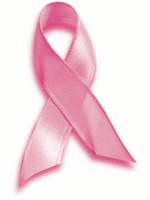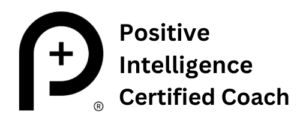 When I posted my last piece, “Mastectomy Day“, it wasn’t on my radar screen that October is National Breast Cancer Awareness month. I had had another blog topic in mind, but was suddenly compelled to write about my pre-surgery experience.
When I posted my last piece, “Mastectomy Day“, it wasn’t on my radar screen that October is National Breast Cancer Awareness month. I had had another blog topic in mind, but was suddenly compelled to write about my pre-surgery experience.
I got goose bumps when I read an email from a survivor friend the next day, who referred to “this ‘pink’ October.” My mastectomy post went public at midnight, September 30. Clear message from the universe that I’m supposed to be stepping out.
Let’s just put it out there. I am not an active member of the breast cancer survivor community. The fact is, I have an inferiority complex.
Any “real” survivor will agree that I am at the bottom of the breast cancer pecking order. Some would argue that I never really had cancer, since my diagnosis was Stage 0 ductal carcinoma in situ (DCIS), with the malignant cells still localized inside the milk ducts.
I was never in danger of dying. I didn’t have to have chemo, my hair stayed on my head, my cookies stayed in my stomach. Hell, I didn’t even have my skin burned from radiation treatments. Sure, they cut off my whole breast, but that was because reconstruction would be easier. Three lumpectomies plus radiation would also have gotten rid of the malignant cells. Wasn’t it kind of shallow of me to get the boob job, anyway?
That’s why I let the real warriors take center stage, and why I don’t participate in organized walks/marches/runs. I’m not comfortable with the “survivor” (or any other) label. I support efforts to find a cure by donating to various organizations and friends’ and family members’ walks (just don’t get me started on Susan G. Komen politics). I do my own breast cancer run most days of the week, alone on the trail. No fanfare, no pink ribbons, no branding.
Three years after my treatment, I have to remind myself that DCIS is a tricky animal, even when it’s still Stage 0. Some DCIS lesions become invasive and metastasize, and others do not. Nobody knows why or who might be more at risk.
This morning I went back to my pathology report. Here’s how it described my DCIS: “high nuclear grade, with focal central necrosis and one small area suspicious for microinvasion.” The report goes on to describe “comedo-type features and central necrosis.”
As explained in The Breast Cancer Survival Manual, by John Link, M.D., “high grade” means the cancer is fast growing; “necrosis” is dead cellular material in the center of the duct. “If this type of DCIS is allowed to grow and become invasive,” Link writes, “it is potentially very dangerous because of its rapid growth rate. This type of DCIS, often termed comedo, has necrotic material that oozes out when the duct is cut by the surgeon or pathologist.”
OK, that’s gross, not to mention pretty damned scary sounding. And it’s why all the doctors we interviewed agreed that a mastectomy wasn’t overkill. The “Stage 0” label is what gets in the way down the road, because the pathology terms are too hard to remember. Stage 0 is what I blame for my monkey mind telling me that I’m not really a survivor.
So today, in honor of National Breast Cancer Awareness Month, I choose to give myself credit for getting mammograms starting at 40, thereby having a baseline picture when the suspicious clusters showed up just before my 45th birthday. My Stage 0 label was not because my cancer wasn’t serious, it was because I was smart enough to get my mammograms, which allowed for the earliest possible detection. Maybe I deserve to wear pink after all.
Please share this post with your female friends and family members to encourage them to get their mammograms!


